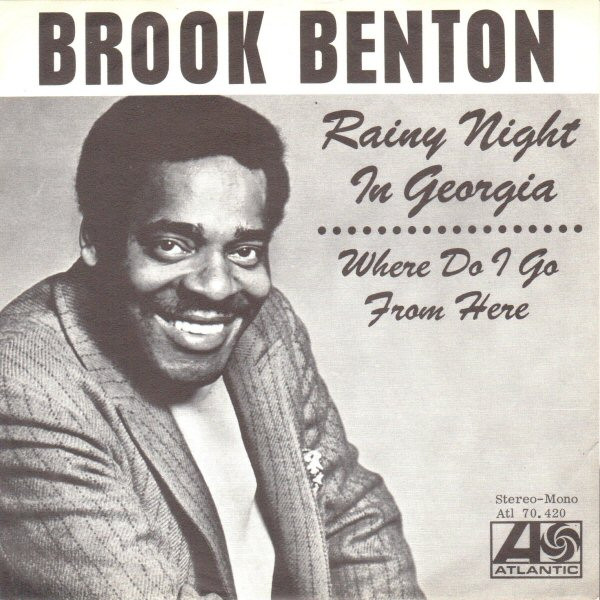If you’re a producer or instrumentalist, you may be curious about incorporating an iconic guitar lick into your own creation. In the realm of music, the guitar licks act as the sentence, forming ideas and expressing musical thoughts.
Understanding the inner workings and elements of guitar licks will enable you to compose and incorporate your own unique licks into your music.
So, let’s delve into the depths and uncover all the essential knowledge about guitar licks that you need to know.
What exactly is a guitar lick?
The guitarist plays a brief sequence of notes on the guitar, known as a lick, which usually appears once or twice within a song. It often serves as a distinctive motif, adding embellishment to rhythmic and melodic ideas or enhancing a solo.
Guitar licks, like turns of phrase in English or thought-provoking questions, resemble musical expressions that evoke reactions from the surrounding arrangement.
In essence, they convey concise ideas that prompt a corresponding response or harmonize with the overall musical composition.
History of guitar licks
In blues guitar playing, ideas centered around the 1-4-5 blues chord progression were taught and shared. Players familiarized themselves with specific musical phrases that aligned with this progression.
When a player devised a noteworthy idea, it would be performed and further developed by fellow musicians within the blues group.
With the passage of time, certain phrases gained widespread usage and eventually transformed into popular guitar licks, which were commonly learned by most aspiring guitarists.
The playstyle is a significant factor in shaping the sound of a guitar lick.
The same lick played by blues legend B.B. King would have a distinct sound compared to when it is played by John Lennon, given their numerous stylistic disparities.
Therefore, in addition to the technical aspects, mastering the use of licks heavily relies on understanding your desired sound and playstyle.
Guitar licks vs. guitar solos
Guitar licks and guitar solos differ in several ways. Licks are usually shorter and less improvised, representing a set phrase of notes known to guitar players.
On the other hand, guitar solos tend to be longer and may incorporate a collection of licks. Many soloists are recognized for their ability to seamlessly connect different licks, creating an improvised composition.
What’s the distinction between a guitar lick and a guitar riff?
Riffs and licks have distinct characteristics. A guitar riff often repeats, serving as a central motif throughout a song.
Riffs often align with and shape the song’s chord progression. They complement the melodies, rhythms, and chords played by other parts of the arrangement.
In contrast, licks are shorter and lack the rhythmic energy to propel a song forward. They typically don’t dictate the chord progression but rather fit into an established framework created by songwriters and producers.
How to Compose a Guitar Lick?
Guitar licks stem from the blues tradition, often based on major pentatonic, minor pentatonic, and blues scales.
These licks include runs on the minor pentatonic scale, bends on the “blue notes,” and interchanging minor and major pentatonic scales.
Additionally, many licks incorporate the use of third, sixth, and ninth intervals.
Guitar Greatness: Exploring 5 Legendary Licks
Now that you have a basic understanding of the fundamental elements of guitar licks, let’s explore a selection of inspiring ones created by legendary artists.
1. Rumble – Link Wray
Featured in several films, including Quentin Tarantino’s Kill Bill, this cherished 60s track showcases a straightforward guitar segment adorned with a timeless lick.
The lick emerges towards the conclusion of the chord progression, consisting of a descending minor pentatonic scale.
Remarkably, the song possesses a captivating, dry texture despite its utmost simplicity.
Considered a precursor to punk music, it boasts robust chords, an overdriven tone, and, of course, an irresistibly uncomplicated yet catchy lick.
2. Baby You Can Drive My Car – The Beatles
The Beatles ignite “Baby You Can Drive My Car” with a deceptively intricate lick. It’s played just once before seamlessly transitioning into the main song.
3. Rainy Night in Georgia – Brook Benton
Prepare yourself for an exceptionally licks-driven melody, featuring the exquisite and elaborate guitar skills of Cornell Dupree.
This song is an absolute masterpiece, showcasing soulful blues guitar playing at its finest. Dupree skillfully incorporates 3rd, 6th, and 9th intervals, along with impressive hammer-ons and more, throughout the entire track.
4. August 10 – Khruangbin
Experience the interplay of riffs and licks in this contemporary piece by psychedelic rockers Kruangbin.
While the track boasts a prominent main riff, the guitarist seamlessly weaves in delightful flourishes and embellishments that enhance the overall melody.
5. Black Magic Woman – Santana
Santana, the possible king of licks, unleashes a torrent of seemingly infinite licks in the opening section of the song and continues to dazzle throughout.
Take a moment to appreciate the captivating bends, skillful hammer-ons, and the fluid manner in which Santana navigates the minor pentatonic scale.
Conclusion
Licks serve to enhance, embellish, and bring flair to a song. While rhythms, chords, and riffs form the backbone, it’s often the licks that add intrigue to instrumentals.
As a music producer, it’s crucial to consider incorporating licks into your compositions. The great news is that extensive guitar-playing skills aren’t always necessary. Guitar loops and virtual instruments (VSTs) can assist you in discovering and creating the desired licks, even without advanced guitar proficiency.




